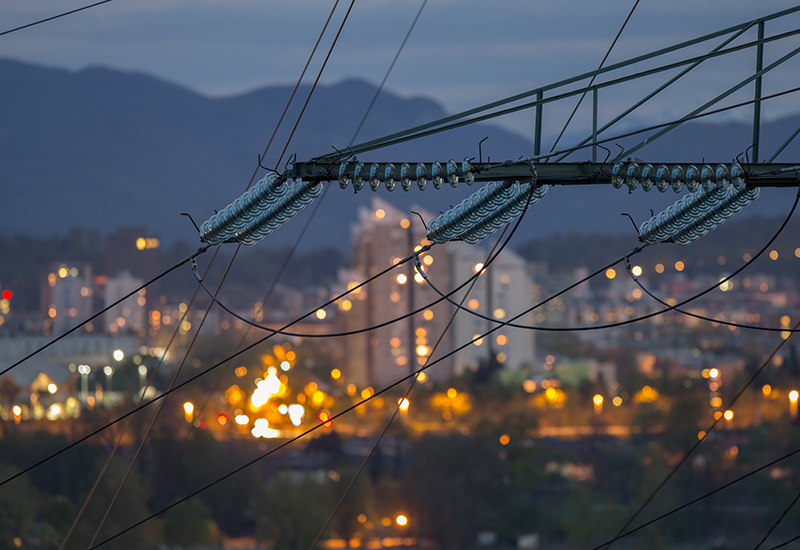Do you own a solar energy system? Well, then pay attention. With the implementation of Rule 21, PG&E and other utilities are going to be able to tap your microinverters and pull power from your solar energy system when needed. It’s all part of their ongoing effort to create a smart grid. For example, say there is excess power being generated in Chico, and there is larger draw of energy coming from Sacramento, utilities will now be able to redirect that power and use that power that exists on the grid. Currently, if there is an excess of power being generated by your solar system, the power is basically run into the ground and is never used. The only way that they are able to do that is to have control.
Phase 1 As of September 8, 2017, all PG&E PV interconnection applications submitted needed to have the reactive power priority setting activated as the default Volt/Var function. It covers an initial set of grid functionality requirements, including voltage and frequency ride-through, extending the times that solar energy systems can continue to operate while grid conditions are in flux, as well as methods of reactive power control to help regulate grid voltage.
Phase 2 will set a common language for how inverters, solar energy systems, and utility systems talk to one another. Systems must also be able to communicate over the internet, although they can’t yet be required to have an internet connection because California has yet to decide who should pay for internet connection—the utility or the homeowner.
Phase 3 will cover additional inverter functions, like data monitoring, remote connection and disconnection, and maximum power controls. We are still waiting on the definition of how and when these functions will be implemented.


